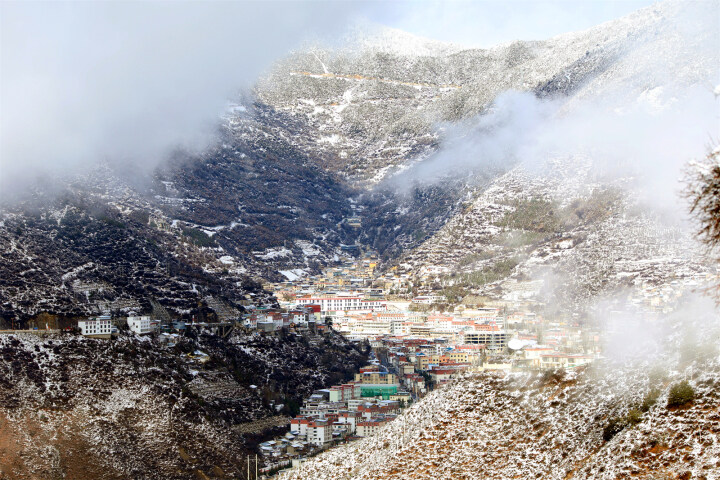The final satellite to complete the third-generation network of China's Beidou Navigation Satellite System (BDS) has flown into its geostationary orbit about 36,000 kilometers above the Earth on June 30 after an eight-day journey. 
The Chinese system thus began its service to the whole world. Consisting of 30 satellites, the BDS-3 system can provide full services to the world, with its positioning error limited to 5-10 meters. Its speed-measuring can be as accurate as 0.2 meters/second, with a timing accuracy of 10 nanoseconds. Different from its peers in the world, the BDS system is the only one that runs along the 36,000-km geostationary orbit, the 36,000-km geosynchronous orbit and the 20,000-km medium orbit. 
The Beidou system can also send messages, with its “short messaging system" used in emergencies and operations offshore or in the field. New as it is, the BDS system has allowed 137 countries to sign cooperative agreements with China. The BDS system has served in the following areas: land right in Indonesia, construction in Kuwait, mapping in Uganda, farming in Myanmar, offshore piling in Maldives, logistics in Thailand, timing for Pakistani airports, and power supply in Russia. 
As a signature of China, the Beidou system puts first its positioning service in the Asia-Pacific region and the Belt and Road countries. Myanmar Myanmar features agriculture, where farmland mapping and water conservancy matter much. 
In 2013, the Myanmar Ministry of Agriculture adopted the Beidou service in agro-mapping.
"It’s easy to use Beidou. Connected to many satellites, the system is accurate and time-saving," said Aung Min, a Myanmar surveyor. 
Besides the agricultural ministry, the Myanmar Ministry of Transport also embraces the Beidou system, which is becoming part of the daily life in the country. Thailand In December 2013, the first BDS base was built in Chonburi province, Thailand, receiving signals from14 Beidou satellites. This is first time for China to have Beidou presence overseas. 
Now, Beidou plays a role in the auto-drive system of Thailand’s agro-machines, improving farm efficiency and saving manpower. The smart tourism in Thailand is also related to the BDS system. 
Thailand will also use Beidou for a smart traffic system. Infrastructures and industries based on the BDS system have been listed in the Thai economic plan. Laos
In September 2016, the first Beidou presence in Laos was completed, serving in urbanization, meteorology, emergencies and navigation.

So far, Beidou has nine base stations that cover five provinces in central Laos. Also, the BDS system helps Laos in schistosomiasis prevention and information sharing. Beidou plays a role in Laos’s agriculture, forestry, transport, land and others. The Lao police use the BDS system for real-time location, fast deployment, and work efficiency. 
The Lao government expects Beidou to be conducive in local digital drive and scientific progress. Cambodia At the end of 2014, Beidou was deployed in Cambodia. 
Given the needs in smart tourism, precise positioning, public safety and others, Cambodia built up a Beidou network that features full coverage and navigational service. In 2020, Cambodia began to use the BDS system to monitor traffic, judging vehicle speeds and driver behaviors. 
Brunei has introduced Beidou to navigation and positioning. In Malaysia, the Philippines, Indonesia and other, the BDS system is used in disaster warning, vehicle navigation, precision agriculture, maritime rescue, smart port, mining safety and smart transport. 
Sri Lanka uses Beidou in land survey, mapping, fisheries, and disaster warning. The BDS system is significant to global communication. And it will bridge the digital gap in Southeast Asia, which can fulfill a leap-forward growth via information technology. 
By Gateway reporters
|


















7740f3b5-9ecb-438e-9052-76cb2d4bb671.jpg)

